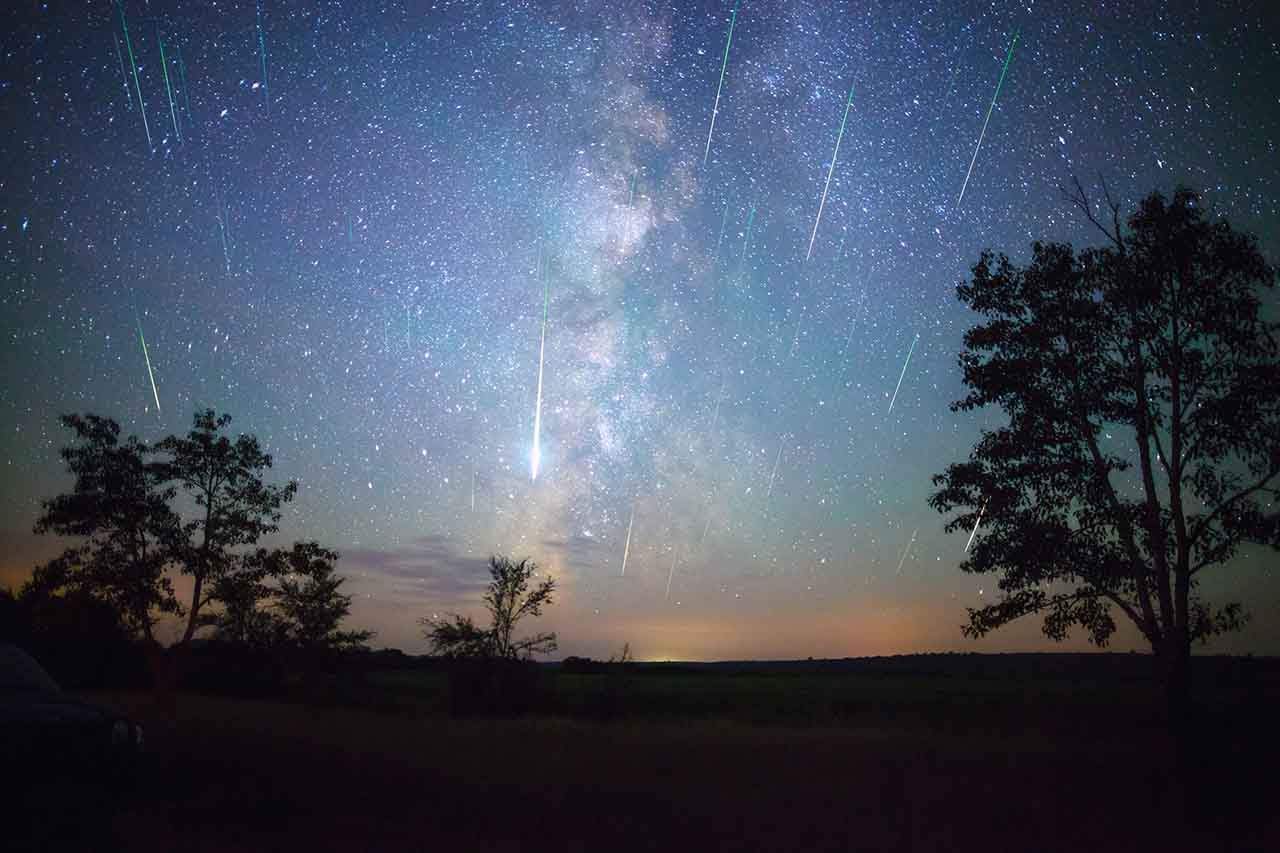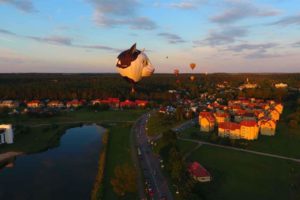Did you miss the Delta Aquarid Meteor Shower in July? Don’t worry, there is another meteor shower coming ahead and this time, it is more visible than Aquarid Meteor Shower.
Every July and August, the Earth encounters the debris field left behind by comet Swift-Tuttle’s orbit of the Sun. Result: The most active meteor shower of the year. The meteors appear to radiate from the constellation of Perseus, giving the shower its name. Sky watchers in cities will be able to see the Perseid, but at reduced rates; the darker your skies the better.
During the peak of the shower in mid-August, sky watchers can see more than ‘60 shooting stars’ per hour. This year, however, the Earth may collide with more than 3 streams, which results in 200 meteors per hour at its peak.
1. August 2 – New Moon

The Moon will be between the Earth and the Sun during the event. Sunlight will illuminate the opposite side of the moon but the side facing the earth will be completely dark. Since there won’t be any moonlight, it is a great opportunity to observe other stars and galaxies during New Moon.
2. August 11, 12 – Perseid Meteor Shower
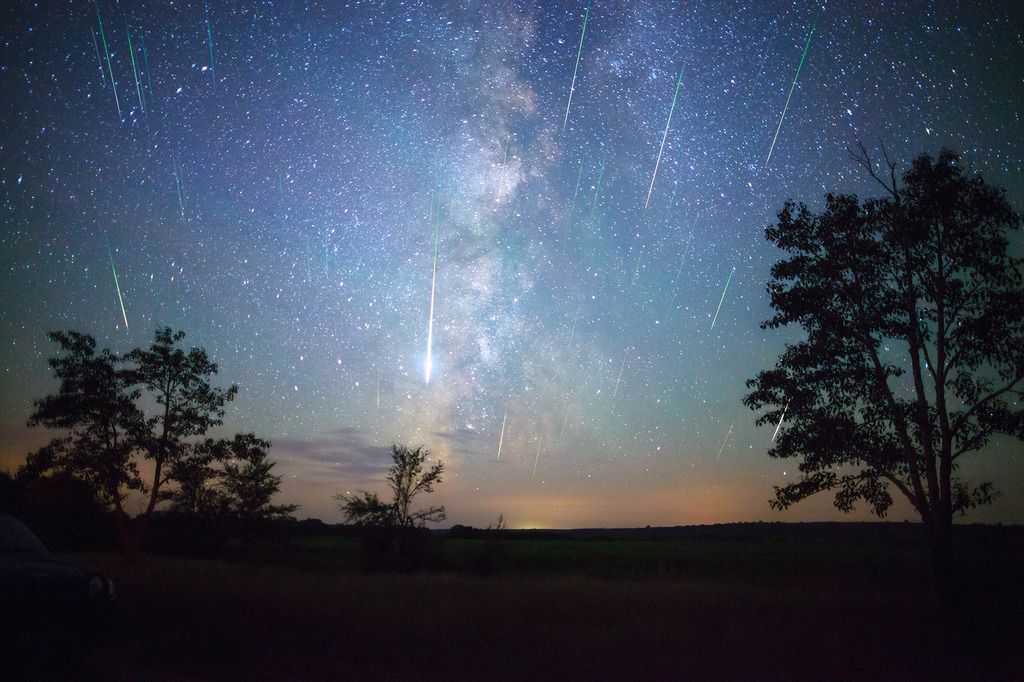
If you have watched Delta Aquarid Meteor Shower, you could have seen up to 20 meteors per hour at its peak, which means you would be able to see nearly 1 shooting star every 3 minutes. However, Perseid Meteor Shower can produce nearly 1 shooting star per minute, which makes them nearly impossible to miss.
Another amazing thing about Perseid Meteor Shower is that their meteors are quite brighter than Delta Aquarid Meteor Shower. Normally, this meteor shower runs annually from July 17 to August 24 but 1 shooting star per minute will happen on August 11 and 12. Meteor shower will easily be viewed from a dark location after midnight.
The photo above was taken on August 12, 2013 and probably one of the best photos that explains how intense these meteors are going to be. “I captured more than 30 meteors, including a brilliant fireball, in about one and a half hours. They are all Perseid meteors, and each of them seems to be shooting toward one single point below the horizon.” says the photographer.
3. August 16 – Mercury At Greatest Eastern Elongation
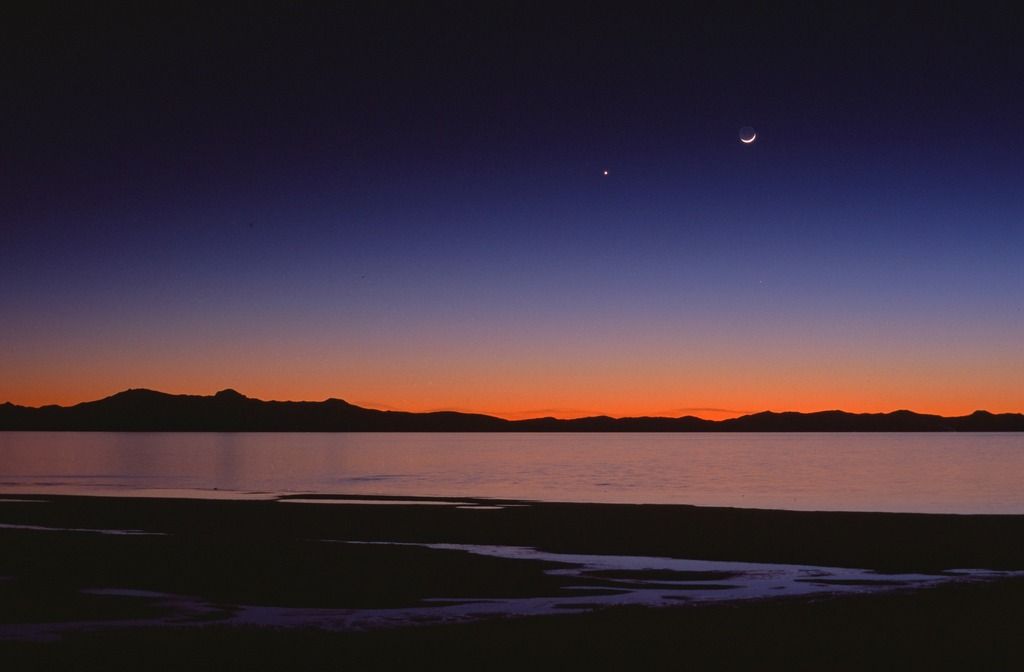
Before jumping into the event, there are two things you should know;
1. Inferior planet refers to a planet whose orbit is closer to the Sun than earth. So there are two inferior planets; Mercury and Venus.
2. When an inferior planet is visible after sunset, that means it is near its greatest eastern elongation. When an inferior planet is visible before sunrise, that means it is near its greatest western elongation.
At August 16, Mercury reaches greatest eastern elongation of 27.4 degrees from the Sun. That means you can get to watch Mercury after sunset instead of watching it just before sunrise. Even if observant eyes might catch and distinguish Mercury from other stars, most of the people see it as a brighter star.
4. August 18 – Full Moon
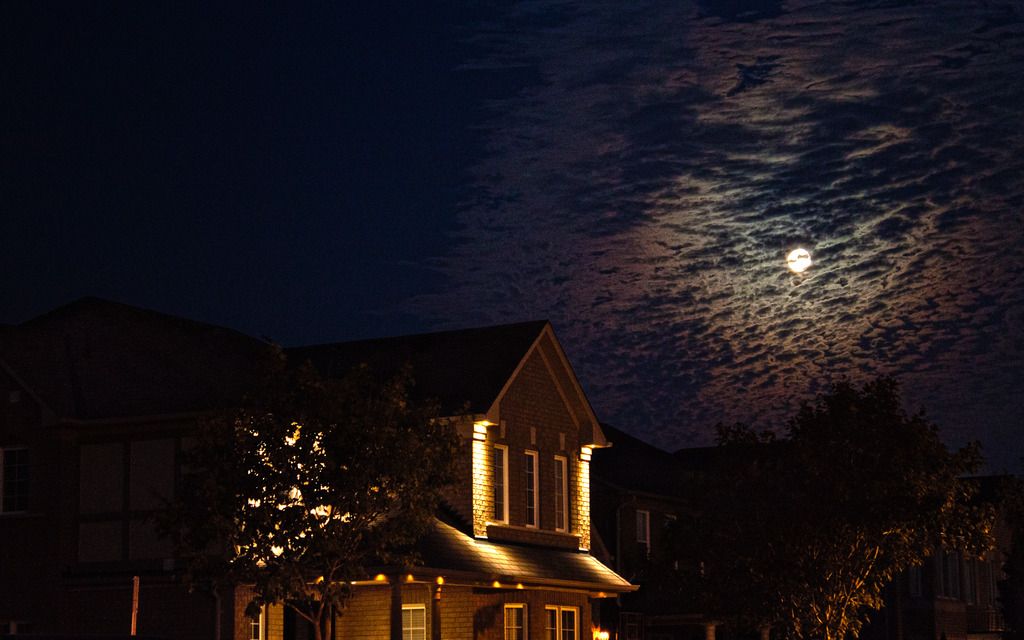
The Earth will be between the Moon and the Sun, half of the moon facing the earth will be fully illuminated. This is a great opportunity for werewolves to get rid of the handsome vampire and get the girl for himself.
5. August 27 – Conjunction Of Venus And Jupiter
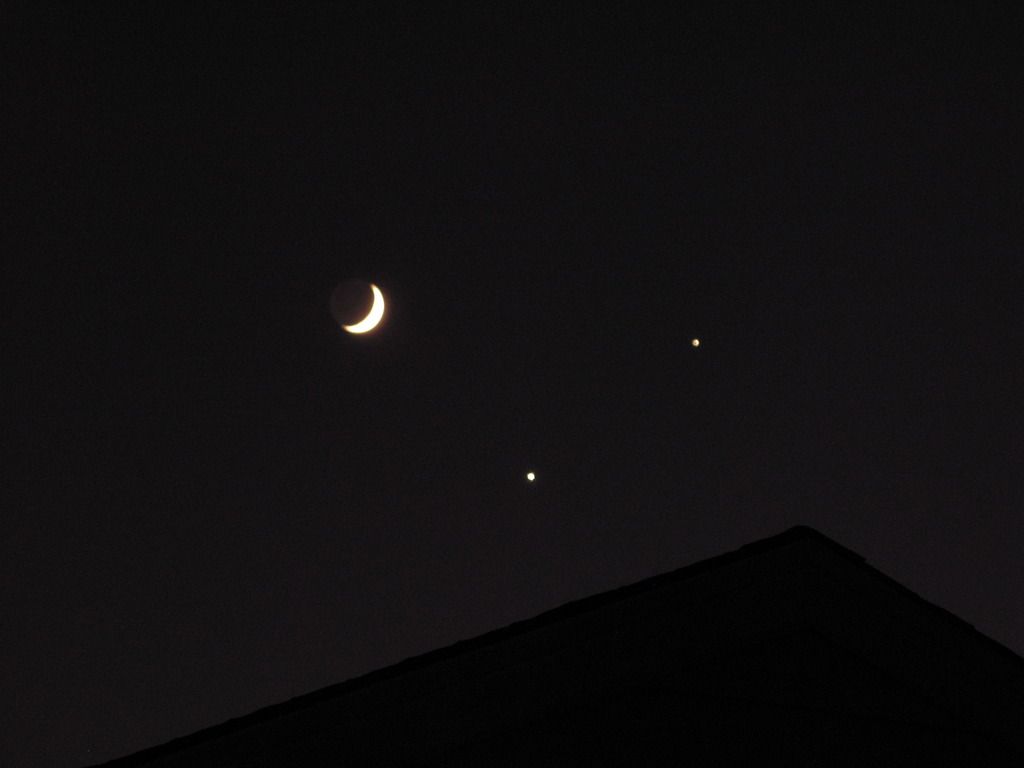
Are you having difficulty in distinguishing planets from other stars? In that case, conjunction would be a great opportunity for you to see recognize planets easily. The conjunction of Venus and Jupiter means Venus and Jupiter are drawing close together in the eastern sky before sunrise.
During the event, three planets; Mercury, Jupiter and Venus will be together and shine brighter than any other stars, which make them distinguishable for everyone from anywhere around the world. They pop out somewhere around the sunset horizon, nearly 30 minutes after sunset. Since Mercury is at greatest eastern elongation and it will be visible on the horizon after sunset, all these 3 planets will be together and you can observe all the differences between those planets with the help of an average telescope.

